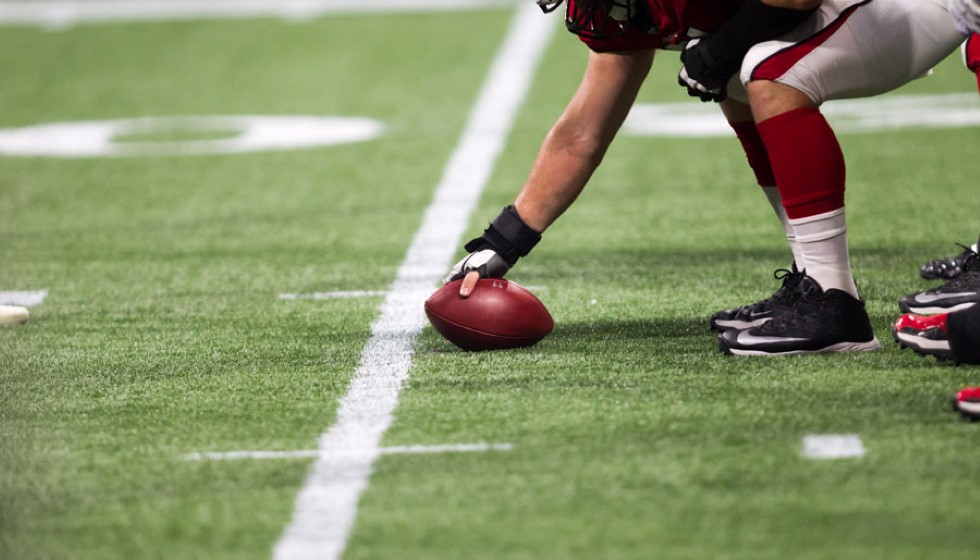
The landscape of NFL contract negotiations has seen a seismic shift under the 2020 collective bargaining agreement (CBA), with new tactics and rules reshaping how players and teams navigate these critical discussions. The "hold-in" tactic, where players attend training camp but refrain from fully participating, has emerged as a key strategy for expressing dissatisfaction with contract terms.
The Evolution of the "Hold-In" Tactic
One of the most notable examples of this tactic's effectiveness is T.J. Watt, who in 2021 used the "hold-in" to secure a landmark deal just before the regular season. His strategy paid off, making him the highest-paid non-quarterback in the NFL at the time. This approach allows players to comply with the CBA's stringent attendance requirements while simultaneously exerting pressure on their teams.
Under the current CBA, players missing training camp can face severe penalties. Non-rookie players incur fines of $50,000 per day, while rookies are fined $40,000 per day. The penalties extend beyond training camp, with any preseason game missed resulting in a week's base salary forfeiture for each game, specifically targeting unrestricted free agents and first-round picks playing under their fifth-year options.
High Stakes for High-Profile Players
The implications of these fine structures are evident in the cases of players like Brandon Aiyuk and Ja'Marr Chase. Aiyuk, set to make a fully guaranteed $14.124 million in 2024 on a fifth-year option, skipped offseason workouts, resulting in a $101,716 fine for missing the mandatory June minicamp. His dissatisfaction culminated in a trade request shortly before training camp.
Ja'Marr Chase's situation presents another critical example. Although the Cincinnati Bengals exercised a fully guaranteed $21.816 million fifth-year option for him in 2025, Chase refrained from full participation in team drills during June's mandatory minicamp. The star wide receiver's potential absence without a new contract poses a significant challenge for the Bengals. As Bengals president Mike Brown stated, "He's a key player next to Joe [Burrow]. He's our next one. He knows that. We know it."
While the Bengals could enforce their rights under the CBA to end Chase's hold-in, such moves are delicate and fraught with risks. Under the current NFL Player Contract provisions, the maximum penalty for a contractual breach includes a fine of one week's salary and a four-week suspension without pay. Additionally, a player who walks out after reporting risks being placed on the reserve/left squad list, effectively freezing his ability to play for the rest of the season and extending his contract into the following year.
Big Contracts and Bigger Questions
Other notable contract negotiations further highlight the high stakes involved. Justin Jefferson's four-year, $140 million extension with the Minnesota Vikings, which includes $110 million in overall guarantees and $88.743 million fully guaranteed at signing, exemplifies the escalating financial commitments teams are making to secure top talent. Similarly, DeVonta Smith and Jaylen Waddle secured lucrative deals, with Smith signing a three-year, $75 million contract with the Philadelphia Eagles, and Waddle receiving a three-year, $84.75 million extension from the Miami Dolphins.
The complexities of these negotiations underscore the delicate balance teams must strike between maintaining financial flexibility and ensuring they keep their top players satisfied. As Brown alluded to, the timing of these discussions is critical to maintaining focus on the season ahead. "The offseason is a better time for that and we're going to try to keep focused on the football part. I'm not going to rule anything out, but I will tell you that the die has probably been cast," Brown remarked, hinting at the intricate chess game of NFL contract management.
As the landscape continues to evolve, the interplay between contractual obligations, player satisfaction, and team strategy will undoubtedly drive the narrative of future NFL seasons. Teams and players alike must navigate these turbulent waters with caution, ensuring their mutual interests align to achieve success on and off the field.